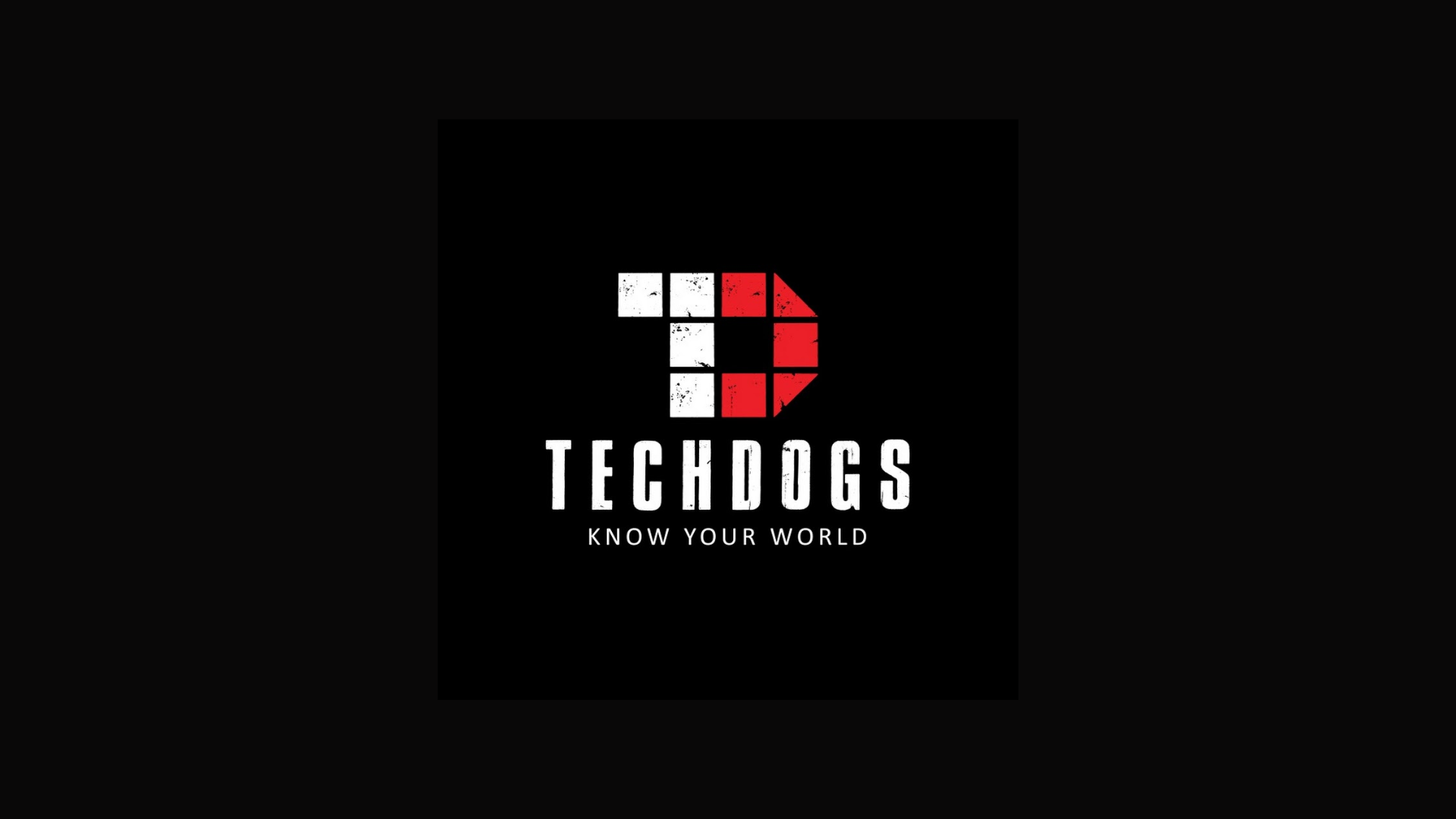What does it do?
Through connected sensors real time data can be mapped and integrated with virtual data to test or monitor the performance of an object or process through its entire life cycle, or to measure the outcome of a system or process before actually being implemented. This technology facilitates the use of Internet of Things, Artificial Intelligence, Machine Learning and software analytics with special network graphs to create the best possible end result in a cost-effective manner making it extremely beneficial to engineers, operators, data scientists, in a wide range of environments, to simulate real life outcomes via the virtual world.
Why should I care about it?
The expanding use of AI, ML and IOT further enhances the digital twin technology’ performance allowing us to harness existing data to anticipate problems, simulate scenarios, and make decisions with remarkable foresight. Because of this a broader range of industries are beginning to adopt the technology. Nokia is using digital twins technology to access the implications of 5G and build use cases. Similarly, the technology is being explored to advance medical aid, build better cities, improve sustainability initiatives in different industries and to better the overall efficiency and performance of various aspects of organisations.
Who’s talking about it?
BT has partnered with Hyperbat to enable design and engineering teams to walk around and interact with a 3D lifesize model in real time. The technology is set to help teams collaborate efficiently while working from different locations to accelerate the pace of innovation within the UK manufacturing sector.











